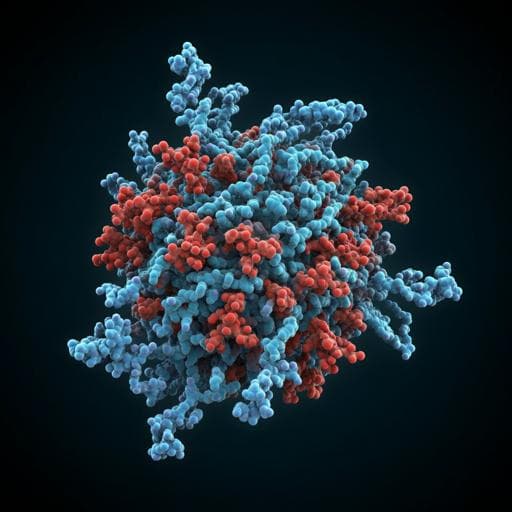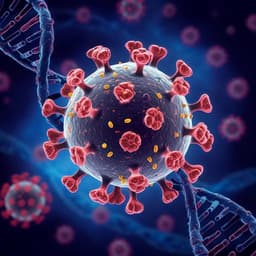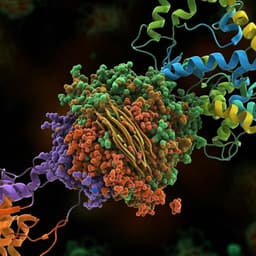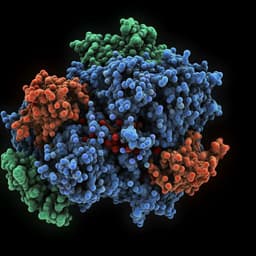
Medicine and Health
Targeting the coronavirus SARS-CoV-2: computational insights into the mechanism of action of the protease inhibitors lopinavir, ritonavir and nelfinavir
G. Bolcato, M. Bissaro, et al.
Explore the molecular dynamics of lopinavir, ritonavir, and nelfinavir as potential inhibitors against SARS-CoV-2's main protease. This research, conducted by Giovanni Bolcato, Maicol Bissaro, Matteo Pavan, Mattia Sturlese, and Stefano Moro, provides a detailed understanding of the inhibitors' binding pathways and their efficacy in combating COVID-19.
~3 min • Beginner • English
Related Publications
Explore these studies to deepen your understanding of the subject.







